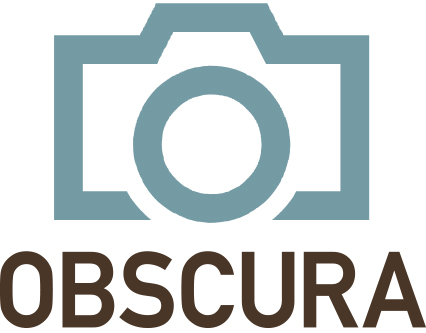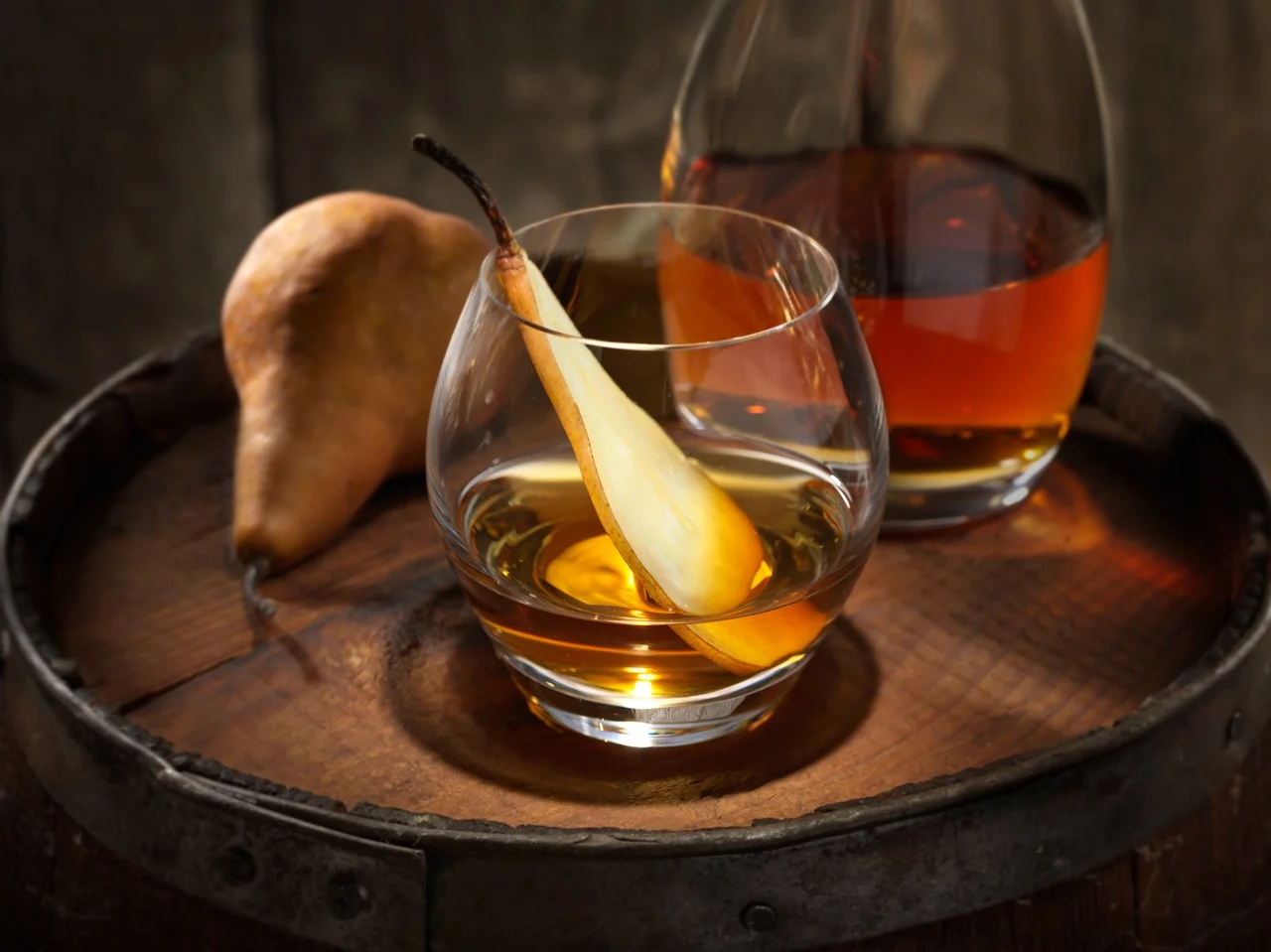OUR LATEST FOOD PHOTOGRAPHY TIPS
Ready to improve your food photography? Here are some tips that cover the gamut from lighting, photography hacks, propping & styling, to the overall creative mindset.
HERE WE GO (IN NO PARTICULAR ORDER):
Experiment With Different Heights
Experiment with height and creating different levels. Use a cutting board to raise up some of your scene. Place something on a cake stand or use glasses in different heights. You don’t even have to go higher, placing things on a wrinkled kitchen towel create texture and breaks things up by creating visual differences or layers. Adding height can create a natural frame that you can work off, especially if shooting straight on or at different angles.
Absorb Beautiful Imagery
Continually look at good food photography. 10-15 minutes a day spent absorbing beautiful images from blogs and searching on Pinterest really refreshes my creativity and inspires me to create through my own lens. My goal is to saturate my subconscious with images that make me sigh so that when I start shooting I know what will move me emotionally.
Capture Your Overall Vision on Paper
Plan out your ideas for your photo shoots by using sketches. Don’t worry about details, just create quick sketches to capture your overall vision on paper. When sketching, focus on the story you want to tell, think about the props to use, choose the color palette and make notes about the lighting direction and all aspects related to the composition. This will help you to bring to life the mental image you had when first planning the photo shoot and photograph it, instead of shooting away and hoping to get a good image in the process.
Use Negative Space
Give the viewer some room to breathe, i.e. don’t zoom in all the way, let there be some negative space in the picture. It’s soothing on the eyes and mind.
Find Your Dishes Biggest Strength
To help me when I am going to shoot it’s crucial to ask myself what is the biggest strength of that dish or food? Is it the freshness, the texture, the color, the shape? And, very important too, what kind of feeling does that food bring, can be comfort, freshness, coziness… This combination is what will move all of the work to the final picture, through light, angle and composition.
Decide On Your Angle Before You Begin Styling
Use a dummy and decide on an angle BEFORE you start styling. Too many times, we have started setting up the food and styled it – just to find out that the angle is not right – and we have to change it – and then do all the styling over again.
Make The Photo Yours In Some Way
Make sure you make the photo your own in some unique way. Give it a look and style that is reflective of oneself, and/or your brand, philosophies and attitude towards everyday life.
Draw Your Set-ups
A tip given by some of the top food photographers through the years is to draw your setups. Most professional food photographers have their preferred setup and they only adjust it to their subject. So drawing your setup gives you a “base” that you can build your studio session from, making sure that you and the photographer are on the same page from the outset.
Artificial Light Can Be Your Best Friend
We hear it all the time; “I only use natural light”, “natural light is the only light to use,” etc. I absolutely do not agree. We have seen other posts and articles online comparing natural light to speed lights, and the differences are almost not noticeable when done right. Using artificial light can make beautiful food photography possible at any time of day and in any conditions. It is consistent, predictable and always there for you even if it is pitch black outside.
In Closing
Think about what you are shooting, who your target audience is, what the goals of your marketing or advertising campaign will be, and then make sure you fully communicate those goals across the entire team BEFORE you shoot. The results will be tremendous!




